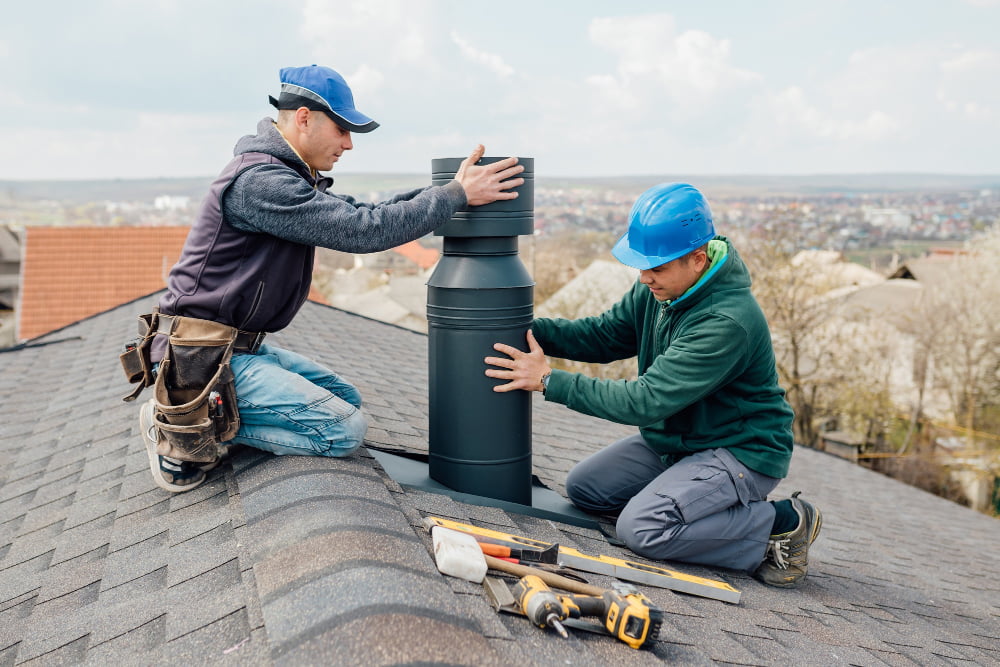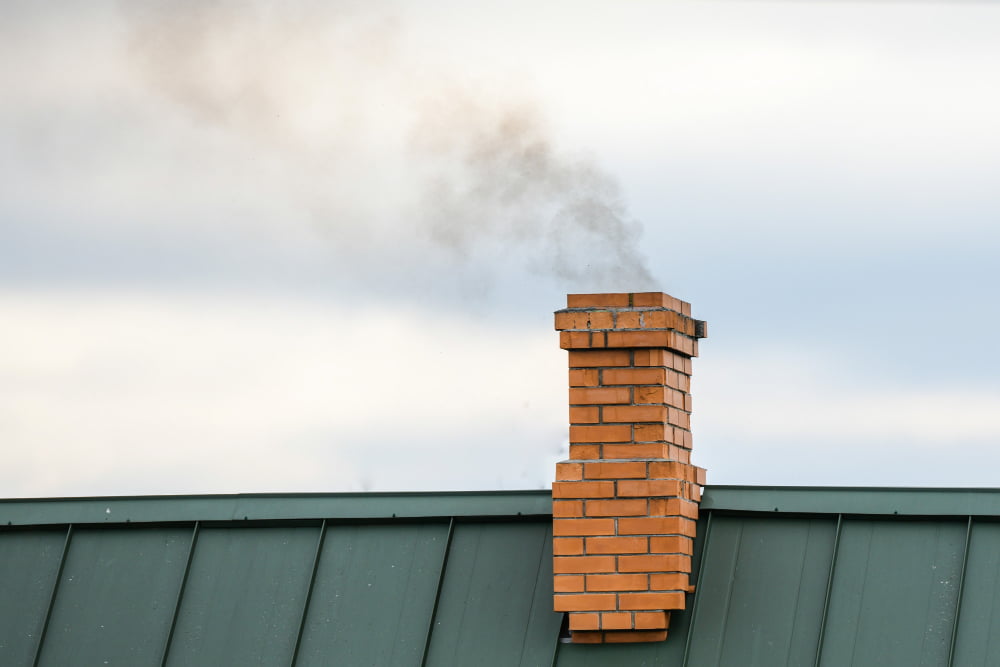Last updated on
Chimneys have a timeless allure, often evoking images of cozy evenings by a roaring fire. However, as lifestyles change and heating technologies evolve, many homeowners find themselves with an unused chimney. Rather than letting it become a neglected feature of your property, it is possible to breathe new life into this architectural element. This article will serve as your comprehensive guide to reviving your unused chimney.
Hire a Professional Chimney Repair Team

The importance of safety cannot be overstated when it comes to chimney restoration. We advise against tackling serious repairs as a do-it-yourself project due to the risks involved. A professional chimney repair team, whether you decide to visit this website or to look for local professionals, can inspect for damage, such as cracks or wear that may have occurred over time.
Their expertise allows them to identify any structural repairs that must be addressed to ensure the integrity of the chimney. Consulting with specialists also provides the opportunity to explore the best restoration or repurposing options tailored to the condition and style of your chimney.
Install a Chimney Cap
One of the best preventative measures you can take is to install a chimney cap. This addition serves multiple functions; it acts as a barrier against creatures like birds or squirrels seeking shelter, and it also provides protection against rain and debris. Chimney caps come in various designs and materials.
A professional can advise on the most suitable type for your chimney, considering factors like local climate conditions and the chimney’s architecture. With the right cap, you not only secure your chimney against potential damage but also maintain its aesthetic appeal. For example, a copper cap can add a touch of elegance to your home’s exterior.
Apply a Waterproof Sealant

Moisture is the sworn enemy of structural longevity, thus, applying a waterproof sealant is a critical step in maintaining your unused chimney. Without proper sealing, water can seep in and lead to more extensive damage such as spalling bricks and deteriorating mortar joints, potentially compromising your home’s safety.
A sealant specifically designed for chimneys will create a protective barrier without impacting the chimney’s breathability – that is, the ability of materials like brick and mortar to release moisture naturally. This preventative measure will guard against dampness and extend the life of your chimney.
Repurpose Internally
An unused chimney can become a centerpiece of your home’s interior design. While it’s commonly associated with the presence of a fire, it offers numerous creative repurposing opportunities:
- Transform it into a Book Nook: The space next to the chimney stack could serve as a charming area for bookshelves, creating a cozy reading corner.
- Create a Decorative Display: The hearth and mantle lend themselves to picturesque decoration spots. Seasonal displays or themed collections can highlight personal style and add character to the room.
- Indoor Plant Garden: Utilize the space to host a collection of indoor plants. The warmth of the space—especially if the chimney is south-facing—could provide an ideal climate for greenery.
- Ambient Lighting Fixture: Retain the ambient allure with candles or LED string lights in the hearth area. The play of light and shadow can mimic the movement of a gentle fire.
These ideas capitalize on the existing structure, turning something unused into a functional and eye-catching part of your home.
An unused chimney need not become a liability or an eyesore within your home. By ensuring its structural integrity and implementing thoughtful restoration or repurposing strategies, you can give this historical feature a new lease on life. Such initiatives not only preserve a piece of your home’s heritage but can also enhance its functionality and charm.
Remember, seeking professional guidance is crucial when dealing with structural modifications. With expert assistance and creative vision, your unused chimney can be transformed into a beloved and vital part of your living space.
Recap:



